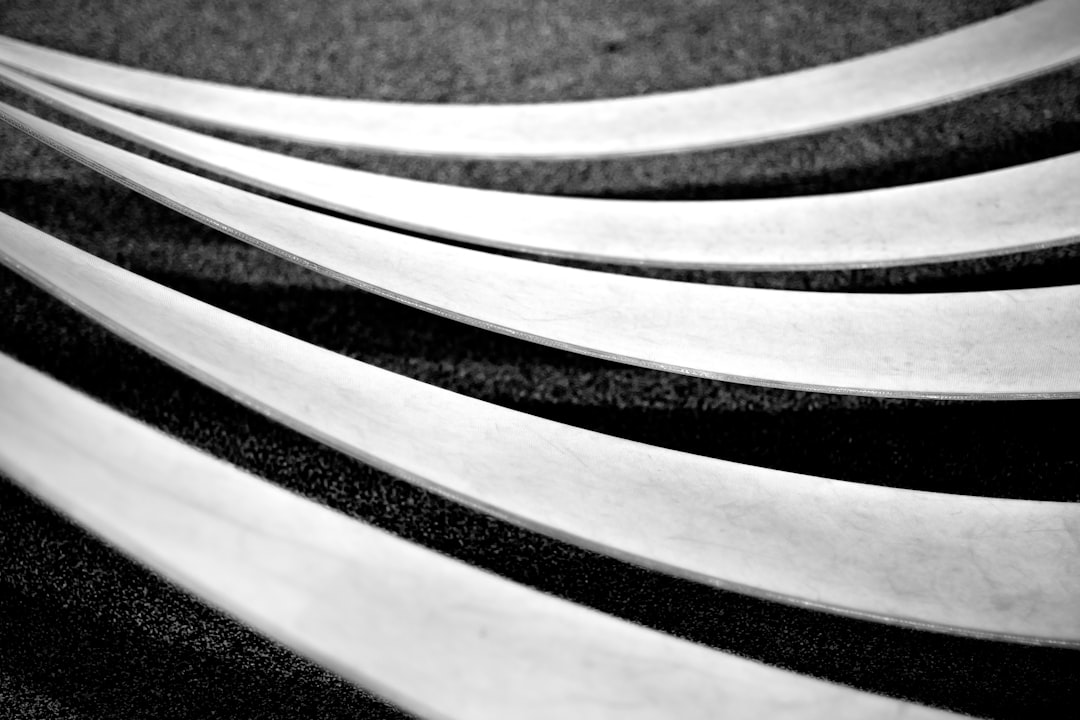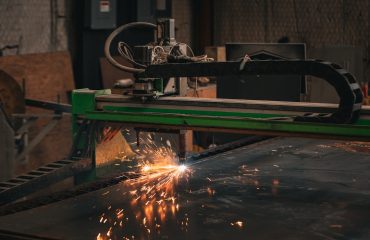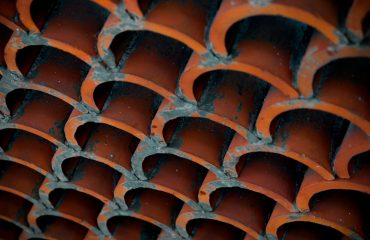Working with pipes, whether in industrial settings, construction projects, or DIY endeavors, often requires precise bending and straightening. Achieving the desired shape and maintaining structural integrity are crucial for functionality and safety. This comprehensive guide delves into the various methods, tools, and considerations involved in mastering this essential skill.
Understanding Pipe Materials and Their Impact on Bending
The material of the pipe significantly influences the bending process. Different materials exhibit varying degrees of ductility and malleability, affecting the techniques and tools required. Steel pipes, for instance, require more force and specialized equipment compared to more flexible materials like copper or PVC. Steel pipes, especially those with thicker walls, are prone to cracking or kinking if bent improperly. This necessitates the use of techniques that minimize stress concentrations, such as using bending shoes or mandrels. Copper pipes, on the other hand, are more forgiving and can often be bent by hand, albeit with careful attention to avoid creases. PVC pipes, being inherently brittle, require specific bending techniques and tools to prevent breakage. Understanding the specific properties of the pipe material is the first step towards successful bending.
Choosing the Right Pipe Bending Tools and Equipment
The selection of tools depends largely on the pipe material, diameter, and desired bend radius. For smaller diameter pipes, hand-bending tools like spring benders, hickeys, and pipe benders with adjustable radius are suitable. These tools allow for precise control and are ideal for on-site applications where space may be limited. For larger diameter pipes or those made of stronger materials, hydraulic pipe benders are necessary. These machines offer greater force and control, enabling the bending of thicker and more rigid pipes without damage. Specialized equipment like rotary draw bending machines provides even more precision and control, especially for complex bends and tight radii. Additionally, the use of supporting tools such as bending shoes and mandrels helps prevent flattening or kinking during the bending process, ensuring a smooth, consistent bend.
Effective Techniques for Pipe Bending: A Step-by-Step Guide
The actual bending process requires precision and care. Regardless of the tool used, proper preparation is key. This includes measuring and marking the bending point accurately, ensuring the pipe is clean and free from any obstructions that could hinder the bending process. For hand bending, a slow, steady application of force is crucial. Over-bending can lead to creases or kinks, while insufficient bending can result in an inaccurate bend. Hydraulic benders require careful adjustment of the pressure and speed to achieve the desired bend radius. Always consult the manufacturer’s instructions for specific guidance on the use of any bending equipment. After bending, it’s essential to inspect the pipe for any signs of damage or imperfections. Proper support during the bending process is also critical to prevent unwanted deformation.
Straightening Bent Pipes: Methods and Considerations
Sometimes, pipes become bent or damaged during transportation or installation. Straightening bent pipes requires careful consideration to avoid further damage. For minor bends, a hydraulic pipe straightener can be an effective solution. This machine applies controlled pressure to gradually straighten the pipe without causing stress fractures. For more severe bends, a combination of methods might be necessary. This could involve heating the pipe to increase its malleability, followed by applying pressure with a hydraulic jack or other straightening tools. It’s crucial to avoid applying excessive force, which can lead to weakening or fracturing of the pipe. The choice of straightening method depends on the severity of the bend, the pipe material, and the available equipment. Careful inspection is always necessary to ensure the pipe’s structural integrity after straightening.
Safety Precautions and Best Practices in Pipe Bending and Straightening
Safety should always be the top priority when working with pipe bending and straightening tools. This involves wearing appropriate personal protective equipment (PPE), including safety glasses, gloves, and sturdy footwear. When using hydraulic equipment, ensure that the machine is properly maintained and operated according to the manufacturer’s instructions. Always work in a well-ventilated area, especially when using heating methods. Never attempt to bend or straighten pipes beyond their material limitations, as this can lead to serious injuries or damage to the equipment. Proper training and experience are essential for safe and efficient pipe bending and straightening operations. Regular inspection of tools and equipment is also crucial for preventing accidents and ensuring smooth operation.
By carefully considering the pipe material, selecting the appropriate tools and techniques, and adhering to safety precautions, you can master the art of pipe bending and straightening, ensuring efficient and safe completion of your projects.




